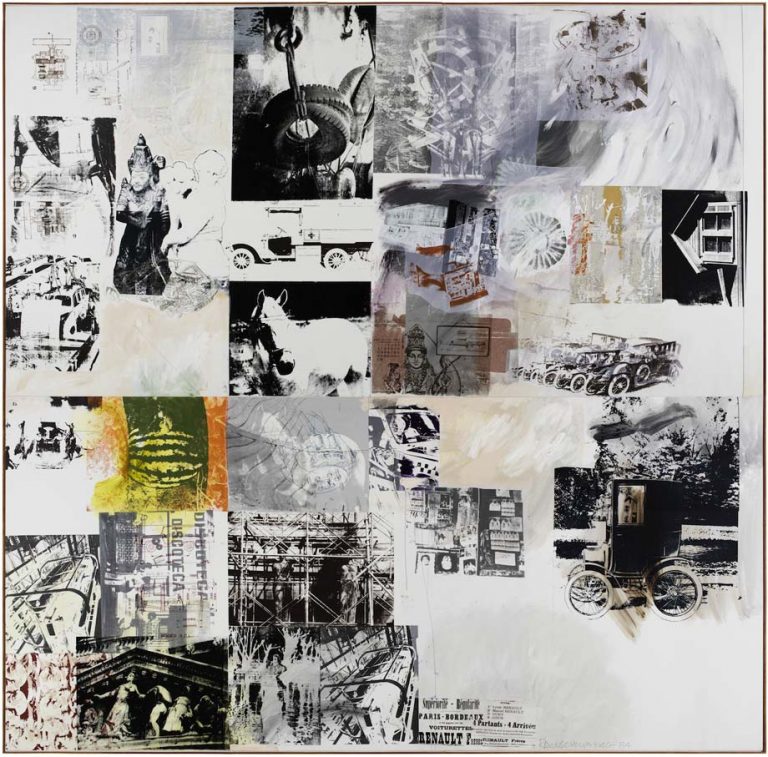 |
| Bernice Abbott, Pennsylvania Station, New York, 1937 |
I have to admit, I went to see this small exhibition of Bernice Abbott’s photographs having spent last weekend grading papers for a class on New York and the Movies. I was struck by the difficulty my students had in articulating what makes an image, and for them, a narrative, nostalgic. I thought Abbott’s celebrated photographs of New York City in the 1930s might help me to see why they were struggling. I was starting to doubt the question I had given them, thinking perhaps it’s not possible to identify nostalgia in an image. I hadn’t even stepped inside the exhibition space when I was overwhelmed by what I would, on the most superficial level, identify as nostalgia. Abbott’s photographs are hung in a former public baths also from the mid-1930s. The most striking feature of the space is the white ceramic tiled walls. Otherwise known as subway tiles from their original use in the NYC subway. As I entered beyond the art nouveau façade in a side street of one of Paris’ trendiest areas, I felt as though I had stepped not just inside another era, but I was back in New York.
 |
| Bernice Abbott, Treasury Building, New York 1957 |
Like the gallery interior, Abbott’s photographs cull and appropriate the past to create her vision of the present. The images of New York City are all 1980s prints of 1930s photographs. They are like nothing we would see in photography today. The clarity of the light, the detail of the silver-gelatin printing process, the play with distinct shape, form, and shading, and the overall perspective of a city in its heyday, tell of a world that no longer exists. Hers is a New York City gone forever, even a she was in the process of recording it. The photographs taken in the old Penn station, of steel grids and lattice formations, a Columbus Circle when Trump Towers could not even be imaged, and a Coca Cola sign that lit up at night were innovations. There were also places depicted that haven’t changed much at all: the Treasury Building with Washington guarding its entrance still stands tall on Wall Street and I am sure a clever tourist could manage to photograph of the Flatiron building so as to captures Abbott’s wonder for its symbolism of this world of modernity. Even if the process of silver gelatin printing creates a light that gives buildings such as the flatiron a dimensionality we do not see in contemporary photography today, we recognize them with ease.
 |
| Bernice Abbott, Columbus Circle, 1938 |
Apparently, Abbott went back to New York from Paris in 1929
to find an American publisher for Atget’s work. And it’s difficult not to see
the Atget in Abbott’s own photographs: a
horse drawn cart in the 1930s side by side with cars, the Fulton Street
Fishmarket and handwritten prices outside the butcher shop on 6th
Av. were anachronisms even then. Their traces of a New York side by side with
the building of the modern city as we know it, offer memories in the present. Abbott
further emphasizes the incompatibility of old and new on the same streets and
in the same images through a manipulation of light that usually places the old
in the dark and the new in a high key light. Together with the swift geometrical
lines of these wondrous constructions that gave New York its character and
reputation as we know it, her precise handling of the light makes the city sparkle.
 |
| Vivian Maier, Self-Portrait |
Also
on show here at Les Douches is a
handful of photographs by the recently discovered Vivian Maier. The film, Finding Vivian Maier (2013), has now
made her a household name so there’s no need to elaborate. However, what’s
fascinating in this small exhibition of her work, is that the photographs represent
human lives in the exact same places and on the same streets as those explored
by Abbott. And yet, Maier’s New York is completely different not only thanks
to the focus on the people, but because her photographs are taken twenty years after
Abbott’s. In the 1950s, the sheen of all the celebrated building projects of
Abbott’s New York has worn off. The
wonder and magnificence of the architecture has become old. The city became
known for other reasons in the later part of the century. One of them being the
uniqueness of its people. All of the
figures and faces in Maier’s photographs colourful individuals. They are singular
in the way that only New York City allows people to be. And, unlike Abbott, Maier
took a good quota of self-portraits, in the shadows, in mirrors, as if to say
“I was here.” If Abbott sees past New York from unexpected vantage points, Maier sees the same city through its unlikely characters.










